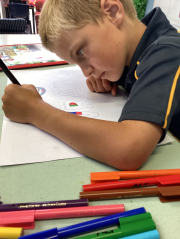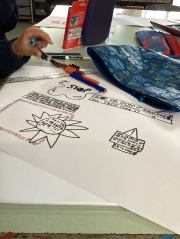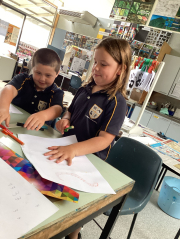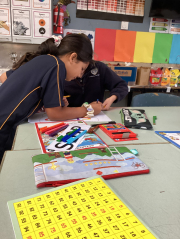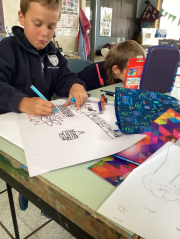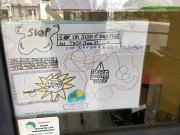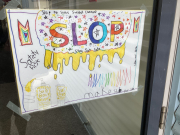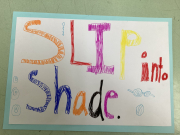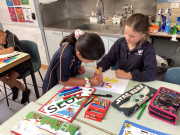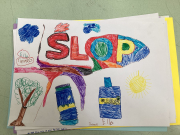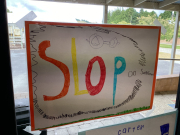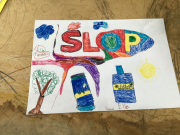SunsmART!
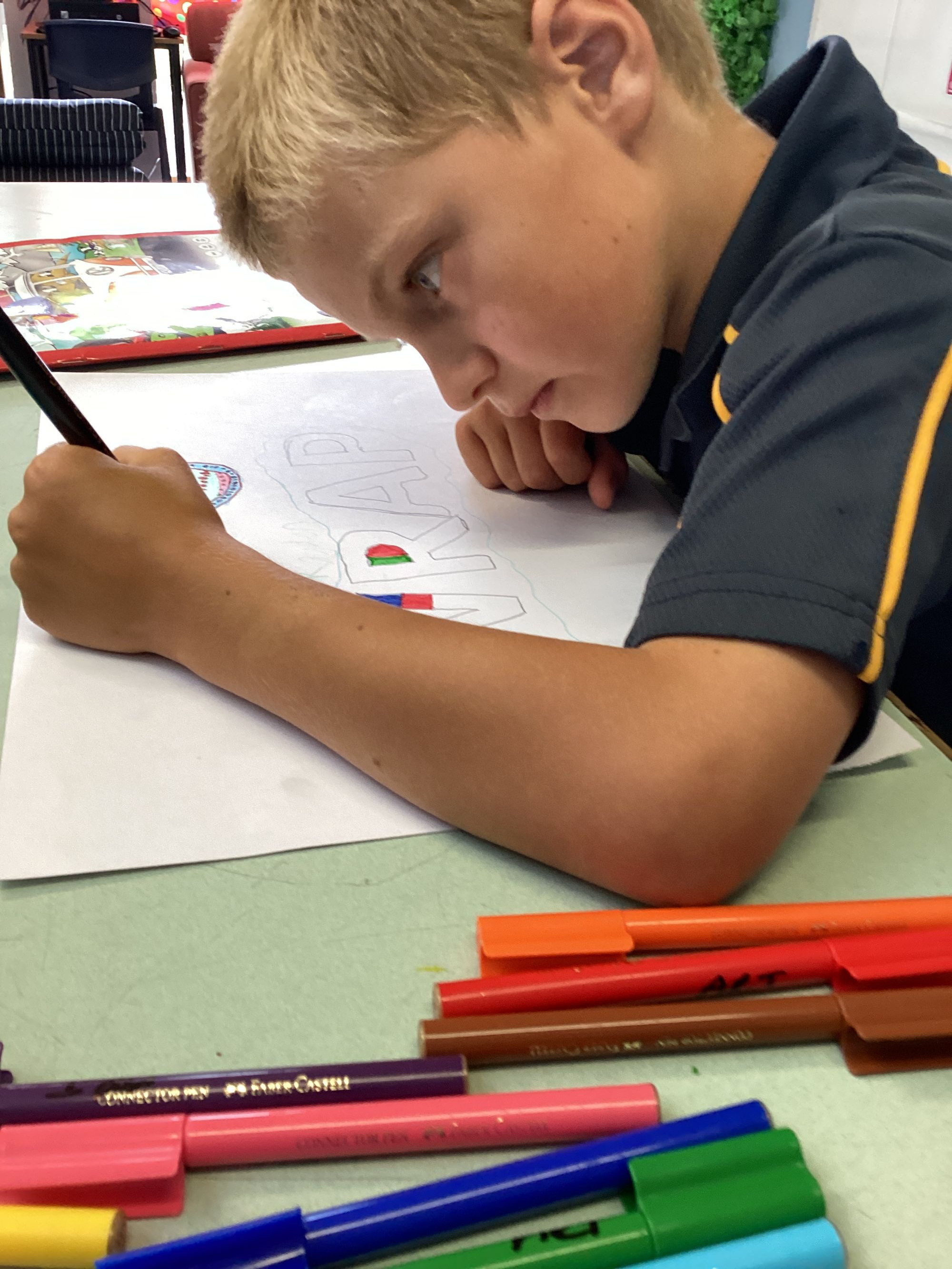
Room 3 have combined being sun smart and art. While with Ms Darmody, ākonga planned their posters, added relevant information and used different techniques and materials to finish. The best thing is now they are all laminated and proudly displayed around our kura.
There are several messages from slipping into shade, slopping on sunscreen and wearing hats which reinforce our Sun Protection Policy. At TCAS we educate our students about sun safety by communicating age-appropriate information about sun exposure and protection, and what better way for an understanding than to make posters for your peers.
Information around our Sun Protection Policy
In New Zealand we have one of the highest rates of melanoma skin cancer in the world, but we can enjoy the sunshine and reduce our risk of harm by being sun smart. Sun smart behaviour is particularly important for young people, as excessive exposure to ultraviolet radiation (UVR) in childhood and adolescence can increase the risk of melanoma and other skin cancers later in life, and cause eye damage.
The Catlins Area School aims to:
- protect our students and staff from excessive exposure to UVR while they are at school, or involved with off-site school activities, including sports and Education Outside the Classroom (EOTC)
- educate the whole school community about the harmful effects of excessive exposure to UVR, and how to keep themselves safe.
We inform and remind all staff, parents, and other members of the school community (such as coaches, volunteers, etc) about our sun protection policy. We educate our students about sun safety by communicating age-appropriate information about sun exposure and protection.
Timing of the policy:
- Our sun protection policy applies during terms 1 and 4. UVR cannot be seen or felt, so temperature and weather conditions cannot be relied on to determine when sun protection is needed. UVR can be measured using the Ultraviolet Index (UVI). The Cancer Society advises that sun protection is needed at a UVI level of 3 or higher. This commonly occurs in terms 1 and 4 between 10 am and 4 pm, even on cloudy or cool days. The level may also exceed 3 at other times.
- During terms 2 and 3, UVR is generally at a low level and students do not normally need to wear hats, apply sunscreen, or stay in the shade. They should be encouraged to actively enjoy the sun as sun exposure has benefits, including increasing Vitamin D absorption.
- See information from NIWA about the UV Index and UVI forecasts for specific sites.
- Sun protection should also apply in highly reflective environments, such as while skiing.
Sunsafe practices:
- We ensure that sun protection is considered for all outside school events and activities, on-site and off-site, including sports and EOTC.
- We try to plan outdoor activities to minimise exposure to the sun during the summer (e.g. timing, use of shade).
- Students are encouraged to make use of shaded areas when outside.
- We encourage students to keep hydrated by drinking water.
- We require students in years 1–6 to wear hats that shade the face, neck, and ears, whenever they are outside and involved in school activities.
- Students at school without a hat must remain in an allocated shaded area or inside at break times.
- Hats must be broad-brimmed (min. 7.5 cm), or legionnaire/bucket hats (min. 6 cm brim, deep crown). These hats provide significant protection to the eyes.
- We encourage students to protect themselves with broad spectrum sunscreen of at least SPF30 (Sun Protection Factor).
- We encourage students to wear clothing that protects the skin (e.g. long sleeve tops, rash tops) when at risk of extended sun exposure (such as at sports days, school camps, and picnics), or when swimming outdoors.
- Staff are encouraged to model appropriate sunsafe behaviour by wearing sun protective hats and clothing, sunscreen, and making use of shade whenever possible.
- Parents are also encouraged to wear sunhats and be positive role models when picking up children or participating in school activities.
Board responsibilities:
- Includes shade creation as a priority for its property planning and maintains current shade structures (natural and built), as appropriate
- ensures ongoing assessment of sun smart behaviour, shade provision, and sun safety education
- considers sun protection when reviewing the school uniform/dress codere
- views the sun protection policy with staff and parents at least every three years.

